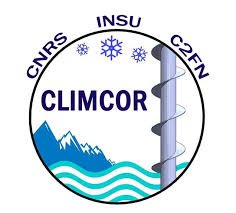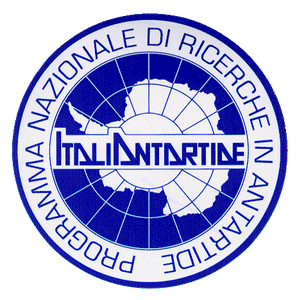Manifest
« Thanks to the polar logistics capabilities of France and Italy, we can embark on this unprecedented Antarctic crossing that will allow us to better understand the mass balance of the Antarctic continent but also to better decipher our glacial climate archives. »
Joël Savarino, Senior scientist CNRS at the Institut des Géosciences de l’Environnement (CNRS/Université Grenoble Alpes/IRD/Grenoble INP)
It is one of the greatest unknowns of climate change: how will the Antarctic continent react in the coming decades to the current warming? We know that it is already losing mass on the coast: glaciers are accelerating their way to the sea, iceberg calving is progressing well and temperatures sometimes rise above the fateful 0°C. But some models predict that as the oceans and atmosphere warm, evaporation increases, leading to more precipitation as far as Antarctica. This, given its size, could counterbalance the loss of ice at coastal level and thus significantly reduce the contribution of this ice continent to sea level rise.
Knowing whether Antarctica is gaining or losing mass is therefore a major challenge for our societies and the answer to this question is urgent. If we know that the coasts are losing mass, what about the huge central regions of Antarctica? Can they compensate for coastal losses and why not completely eliminate the rise in water levels in a few decades? To provide answers to these questions, French, Italian and Australian scientists, coordinated by Joël Savarino, a researcher at the Institute of Geosciences of the Environment (IGE), will carry out an unprecedented scientific crossing of the South Pole.
CARAVANS IN ANTARCTICA
Using tractors pulling caravans, the team of about ten scientists, accompanied by logisticians and a doctor, will travel between 2019 and 2020 to the driest areas of the Antarctic plateau between the Franco-Italian Concordia station and the South Pole, i. e. 1570 km, and then the following year recover by plane the scientific equipment left behind the previous year.
The objectives of this crossing are to assess snow accumulation in this particularly arid area of the continent and its trend over the past few centuries; to better understand the dynamic processes of snow, including the role of wind on surface morphology such as the formation of mega-dunes, a type of surface waves invisible to the naked eye; and to better understand the recording mechanisms of environmental parameters to better interpret deep ice cores within the continent.
In addition, the team will take advantage of this two-season project to drop off automatic weather stations and seismographs along the route, which it will be able to recover or repair the following year.
DECIPHERING THE PAST...TO PREDICT THE FUTURE
Throughout this never-before-seen crossing, researchers will conduct geophysical analyses, including the deployment of surface radars to assess snow accumulation along the route. The physical and optical properties of snow, such as density, albedo or grain size, will also be measured.
A geochemistry component will focus on the interactions between air and ice in cores collected along the way. One of the major interests of this largely unexplored region is the analogy it offers with the environmental conditions that may have prevailed during the Pleistocene ice ages. It is estimated that during these periods, rainfall at the sites of EPICA and Vostok's deep ice cores was equivalent. In other words, the processes we will observe on the present surface may have likely been the one at work during the ice ages, allowing us to better understand the processes of archiving climate signals to better interpret them.
Ultimately, by collecting accurate data within the continent, taking into account site-to-site variability and how local parameters influence in situ data, this project aims to better extract archived climate information from existing ice cores and provide answers to questions about Antarctica's impact on sea-level rise in the coming decades.






